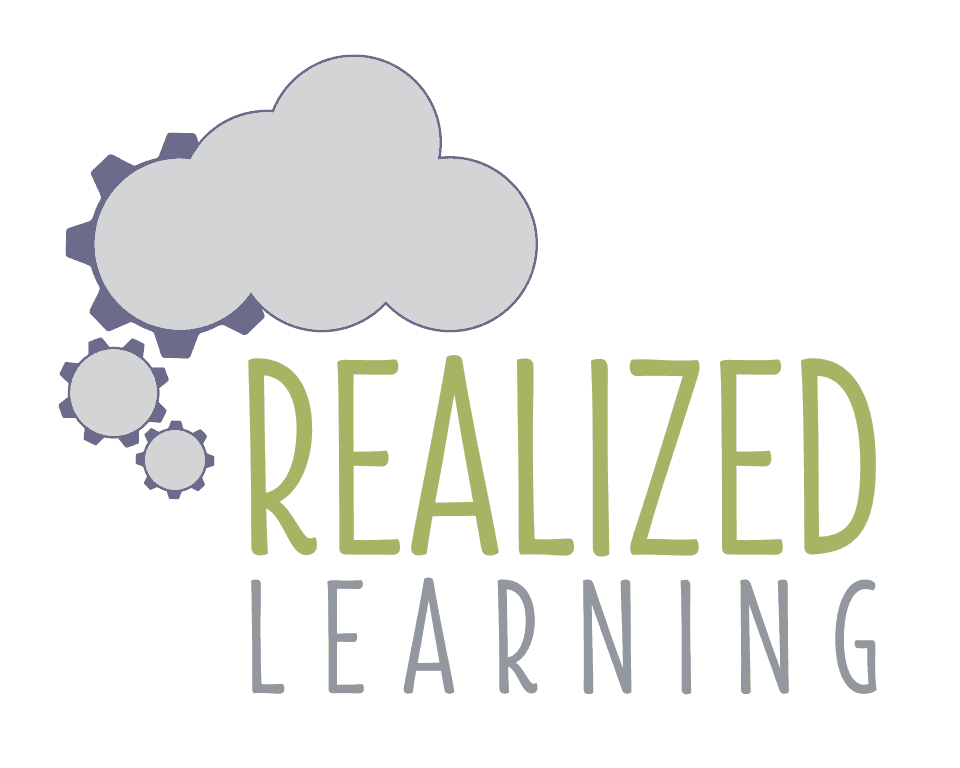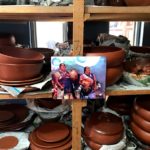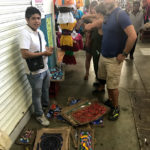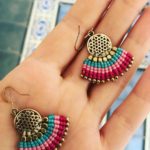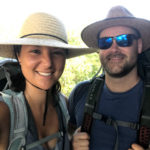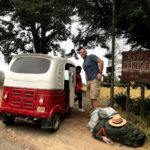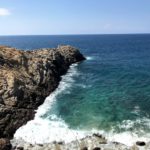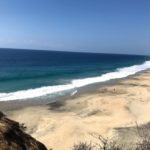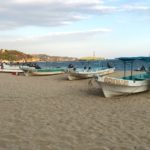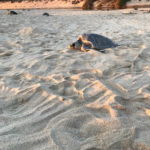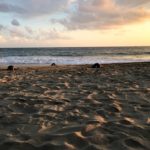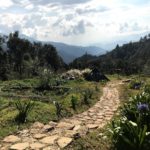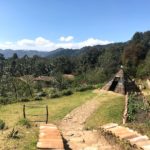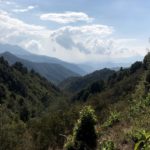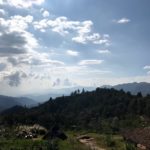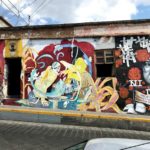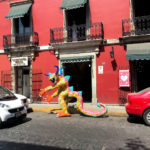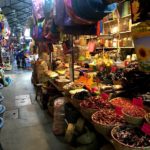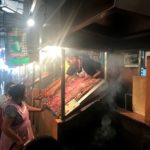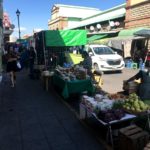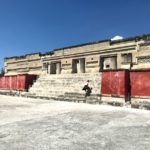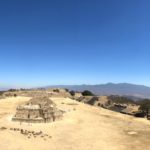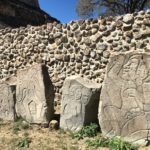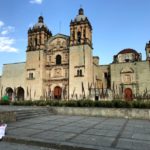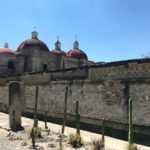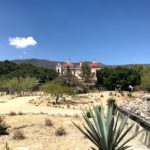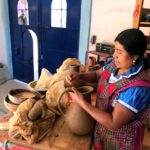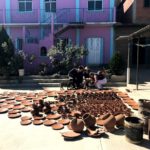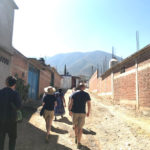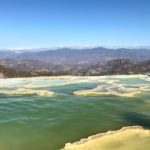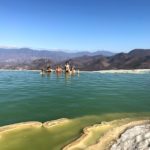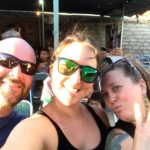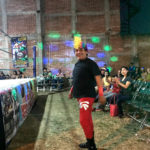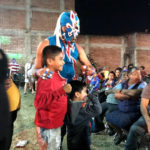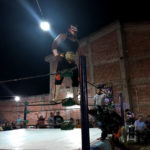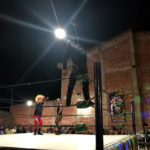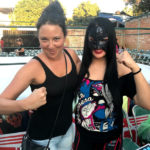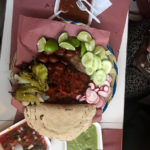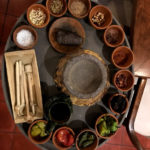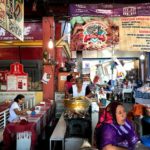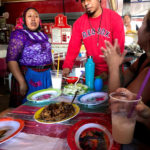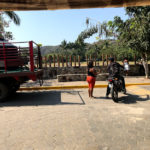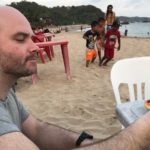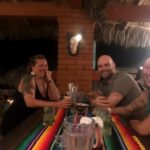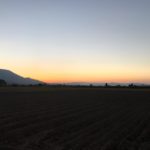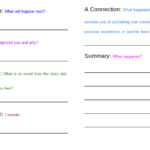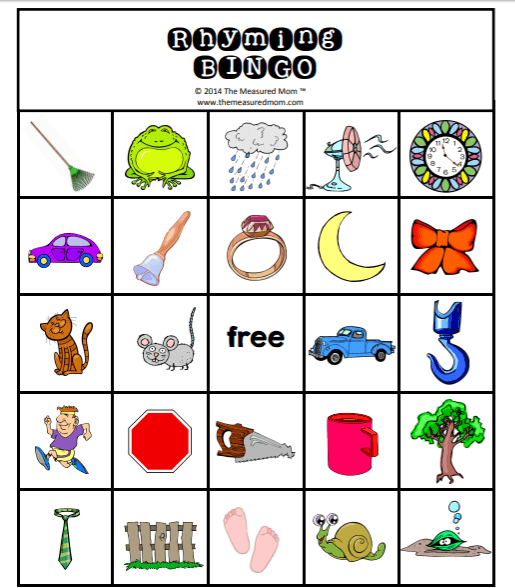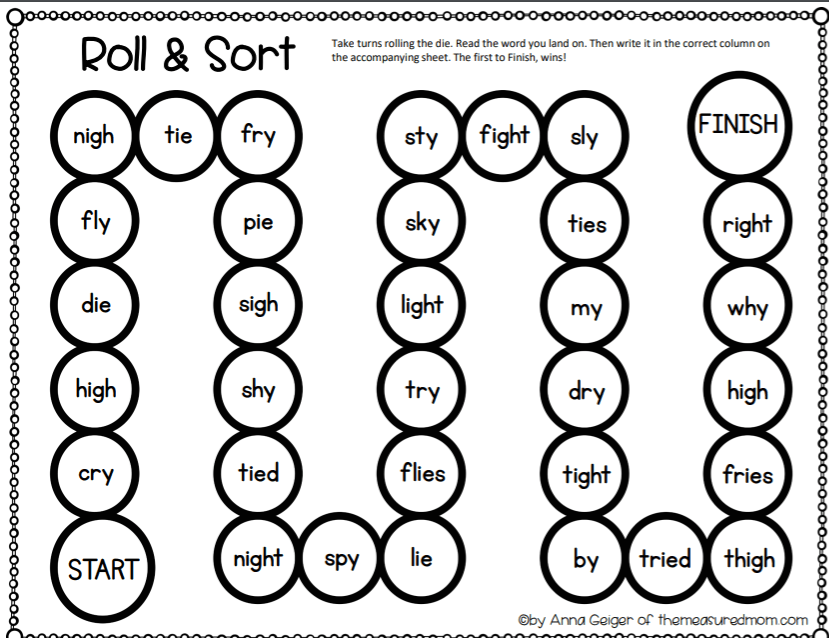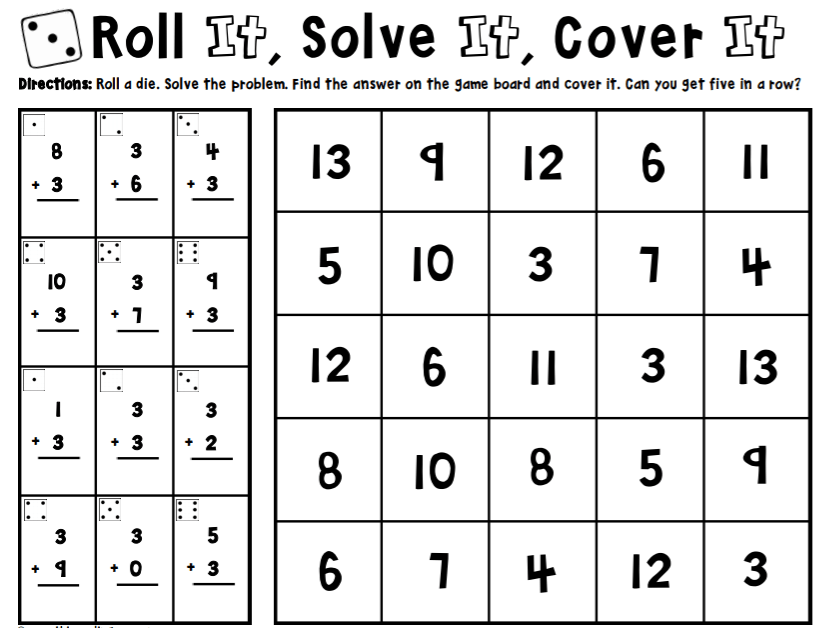By Mason

�INTRODUCTION
Many people have heard of Mohandas Karamchand Gandhi, who is often referred to as Mahatma, meaning great soul, or Bapu, meaning grandfather. However, what may be less known are all his accomplishments, challenges, and goals. This one man has influenced and helped so many people, and continues to inspire others to do the same.
Gandhi was born on October 2, 1869, in Porbandar India, and was shot and killed on January 30, 1948, while he was praying. He accomplished what many would have called impossible. When he saw unfairness, he stood up against it even if it meant he had to fast, march, rally, or meet with officials. He stood up for others, at little or no personal gain. He stood up for his beliefs and didn’t let anyone get in the way of accomplishing what he wanted, and I hope he continues to inspire many more people to try their best to fight for what they believe in.
EARLY LIFE AND BEGINNING OF ACTIVISM CAREER
Later in Gandhi’s life, he did many amazing things. However, his childhood was nothing too out of the ordinary. Gandhi was born on October 2, 1869, in Porbandar India, on the shore of the Arabian Sea. He grew up in a full house with his two older brothers, his older sister, his mother, his father, and all his uncles, aunts, and cousins. Gandhi grew up Hindu. His mother Putliba was especially religious. In Hinduism, there were four castes or groups that you could belong to that determined your social status. The caste system still exists today. Although discrimination based on caste is illegal, the castes are still a big part of modern-day India. While the term “caste” is still widely used in the more rural parts of India, in the cities some Indians don’t refer to them as “castes”. Instead, they call them “communities”, although no one denies that they are really castes. The Brahmins are priests and teachers. The Kshatriyas are rulers and warriors. Vaisyas are merchants and farmers. And lastly, Shudras are the laboring classes. Even though there are four castes, there are some people who didn’t belong to any caste at all. These people are called the untouchables. An untouchable is said to have done something bad in his or her previous life and they experience a lot of prejudice, more so in the past than today. Gandhi would later devote part of his life to help the untouchables fight for their rights. Gandhi’s family belonged to the third caste because Gandhi’s father, Karamchand Gandhi, was the Daiwan, or prime minister, of Porbandar, where they lived. Since his family was relatively wealthy, Gandhi got to go to school and didn’t have to help his family earn money like most children in India at the time.
As a kid, Gandhi had a lot of independence and he was adventurous. He loved to go exploring the market in Porbandar. One day when Mohandas was six he and his friends sneaked into the temple while the priest was taking an afternoon nap and took some of the sacred statues to play with, but one of his friends dropped a statue and the priest’s wife heard them. Mohandas was the only one who admitted guilt, even at age six he preferred to tell the truth. When Gandhi was eight Britain fully took over India and Queen Victoria ruled over India.
In 1879, when Gandhi was ten, his family moved to Rajkot where he went to high school. Later the school would be named after him. When Gandhi was just thirteen he was married to a fourteen-year-old girl named Kasturba. Getting married young was not uncommon then. Gandhi was a domineering husband, and unjustly strict to Kasturba. Also for Gandhi, having a wife was a huge distraction from his school work. Despite his early marriage, Gandhi and Kasturba were married for 62 years until Kasturba died in 1944. When Gandhi was 16, his father died of illness. Karamchand had been on a steady decline, so Gandhi had stayed with him. But just when Gandhi left to get some sleep and to be with Kasturba, his father passed away quite suddenly. A few weeks after Gandhi’s father’s death Kasturba gave birth to a baby boy, but unfortunately, he died soon after he was born. Before Gandhi turned 18, he and Kasturba had their first surviving son. His name was Harilal.
In 1888, Gandhi said goodbye to Kasturba and set off for London. He had decided to study law so that he could eventually fulfill his father’s role as Daiwan. His mother insisted that he not touch meat or drink alcohol because their branch of Hinduism prohibited them from doing so. The voyage to London took three weeks by boat. And when he got there he was amazed by the bright lights. He discovered vegetarian restaurants in London and joined the London Vegetarian Society. A member of the society gave him a copy of the Bhagavad Gita, also called the Gita for short, which is the sacred book of Hinduism, and another member gave him the Bible. Although he had heard some of the Gita read at religious services, he had never actually read it all the way through. Gandhi felt greatly moved by the Gita. In 1890 Gandhi passed his bar examination and in 1891 he went back to India. When he got back to India, one of his brothers informed him at the dock that their mother had died a few weeks earlier. Gandhi decided to move to Bombay to start a career as a lawyer. Gandhi started a law practice, but finding himself tongue-tied at his first trial Gandhi moved back to Rajkot where he and Kasturba had their second child in 1892. Around that time, out of the blue, someone offered Gandhi job. They were involved in a lawsuit in South Africa, and there was a need for an Indian lawyer. Gandhi immediately accepted. Only a little after he arrived in Durban Gandhi was called to attend the trial.
On the way to the trial, Gandhi experienced something he had never experienced before racial prejudice. While on the train, a railroad official ordered him to ride in the baggage car. Gandhi replied that he had a first class ticket and intended to remain in the first class compartment. A police officer was called to remove him from the train and his baggage was locked up. Sitting in that station that night he decided that he would do his best to change the lives of thousands of Indians who were being discriminated against in South Africa. Gandhi continued to experience racism on the rest of his journey to the trial. On the rest of Gandhi’s trip, the agent would not allow him to ride in the coach with the other passengers. He wanted Gandhi to sit on the floorboards at the driver’s feet. When Gandhi refused, the agent punched him. The passengers helped him by insisting that Gandhi stay in the coach.
PREJUDICE IN SOUTH AFRICA
At the time, Gandhi thought that his trip to South Africa would be only a business trip, but later Gandhi spent most of his adult life there advocating for racial justice, untouchables’ rights, and many other important issues. His activism there was partly prompted by the racism and prejudice he experienced on his way to the trial. When the trial was over Gandhi learned of a bill being passed in the South African province of Natal by the all-white legislature at the time, that prohibited Indians from voting. Their reasoning for passing the Franchise Amendment Bill was that they claimed that Indians could not understand the government anyway. The government even stated that “he is a political infant of the most backward type,” (Severance) referring to the Indian citizen. When Gandhi asked many of his Indian friends about what they thought about the bill, he got shrugs and they expressed that they thought there was no use fighting the white men. Because of this, Gandhi decided to help fight the bill.
Gandhi believed that since the Indians were also under Queen Victoria’s rule, they were entitled to the same rights. Some wealthy Muslim merchants asked Gandhi to postpone his return to India and he agreed to stay and help organize a movement against the Franchise Amendment Bill. Gandhi organized a meeting to form an Indian opposition. Under his direction, Indians sent letters to legislatures and made a petition that picked up over ten thousand signatures. It was sent to the Secretary of State for the British colonies. Unfortunately, this massive movement only delayed the passing of the bill. After the opposition to the Franchise Amendment Bill ended, Gandhi’s friends begged him to stay. Gandhi agreed and he started a law office in Durban in the province of Natal, South Africa. But he never charged legal fees for public work. Over the next three years, the practice thrived and Gandhi organized much more.
Gandhi, realizing that his work in South Africa would take longer than he had initially thought, decided to go back to India and bring Kasturba and their two sons to Natal. He took six months off and went back to India. While in India, Gandhi gave many speeches and wrote pamphlets about the unjust treatment of Indians in South Africa. He also met many other political leaders.
At the end of his ride back to Natal with several hundred passengers, his two sons, and Kasturba pregnant with a third child, the Natal government would not allow them to get off the ship. The vessel was anchored in the harbor for three weeks before the government finally allowed them off the boat. When the captain of the ship asked Gandhi about how he felt about the authorities who were trying their best to stop him from returning to Natal Gandhi said, “I have no anger against them. I am only sorry for the ignorance and narrowness. I know that they sincerely believe that what they’re doing today is right and proper” (Severance). When he was finally permitted to go ashore he was beaten by a white mob. He was rescued by the wife of a police superintendent who protected him until the police arrived. The news of the attack spread to England where many people were upset. The Secretary of State for the Colonies, Joseph Chamberlain, sent word from London that the attackers should be prosecuted. Gandhi refused, saying that it was not their fault but the fault of the Natal government. Under pressure from Chamberlain and from the British government in India, the Natal legislature passed a law establishing equal voting rights for all British subjects. This had been Gandhi’s goal all along.
As soon as Gandhi was done rallying for equal voting rights he was on to a new problem: untouchability. There were many people called untouchables who experienced much prejudice. Untouchables were the people who did not to belong to any caste at all. Even touching the untouchables or the untouchables’ shadows was said to be a bad omen. Gandhi believed that there should be no untouchability. He thought that it was too much like racial prejudice. Gandhi and Kasturba started sharing the housework with the untouchables, although in the beginning Kasturba was opposed to the idea. Gandhi had come to believe that learning self-reliance was more important than a formal education. He would not send his sons to local schools because he believed that the schools were too European. Gandhi didn’t want his sons to learn Western ways without learning anything about their own culture. Even though Gandhi made them wear western clothes and shoes, he kept them home, hoping to find time to tutor them himself. When his sons were grown, all four of them resented the fact that they never got a good education.
In 1899 a war broke out between the British and the Boer settlers in Transvaal, South Africa. The Boers were Dutch farmers who settled in South Africa. The Boers were angry at the English adventurers who were moving into Boer territory to mine gold and diamonds. Gandhi was sympathetic to the Boers, but he felt obligated to help the British because he believed that the citizens of the empire should support the government from which they expected their benefits. He thought that it would be a good opportunity to earn improved conditions for the Indians by demonstrating their loyalty to the British. Because of Gandhi’s strict beliefs in nonviolence instead of organizing an Indian regiment to kill enemy soldiers, he decided to establish an ambulance corps of stretcher bearers and hospital workers. Gandhi and some other Indians started training as nurses, but because of racial prejudice, the Natal government would not permit them to serve. A little later when the war became more difficult for the British, Gandhi’s ambulance corps was allowed to go into action. The corps was especially heroic at one of the bloodiest fights in the war: The Battle of Spion Kop. Winston Churchill was also at the battle but he and Gandhi didn’t meet until a few years later. When the war was over Gandhi thought his work in Natal was finished and the task of improving the situation of Indians in South Africa could be carried on by friends. He also hoped that his work in the war would be rewarded with better treatment of the Indians in South Africa.
Gandhi moved back to Bombay where he opened a new law office. At his farewell party in South Africa, he was showered with gold, silver, and diamond jewelry. Gandhi was made uncomfortable by all of this because he believed that “a public worker should except no costly gifts” (Severance). Gandhi decided to refuse the treasures, but Kasturba didn’t want to give up a very expensive gold necklace. Not very long after Gandhi had started his law office in Bombay he was called back to South Africa in 1902. The government in England was extremely anxious to keep the peace between the British and the Boers. Concessions were granted and a former Boer leader, General Louis Botha, became prime minister of the Union of South Africa. Issues arose when his government was trying to “drive the coolies out of the country” (Severance), referring to the local Indian population.
The Secretary of State for the colonies, Joseph Chamberlain, would be visiting from London and the Indian community in South Africa wanted Gandhi to meet with him in Durban. They hoped he could persuade Mr. Chamberlin to do something about the rising tide of racial prejudice. When Gandhi arrived back in South Africa, he saw that the situation had become much worse. The Indians’ ambulance corps serving in the Boer war had been totally forgotten. There was much more racial prejudice in South Africa. When Gandhi met with Chamberlain, who had other issues on his mind, he was only mildly sympathetic. He told Gandhi that the other Indians would have to try and make their own peace with the Europeans if they wanted to live among them.
In 1904 Pneumonic Plague broke out in the Indian section of Johannesburg, South Africa. The Pneumonic Plague kills quickly by infecting the lungs and is very contagious. Gandhi had no fear of it. He and a couple of volunteers nursed some of the sickest patients in an old building at the edge of town. The health authorities evacuated the town and relocated the people to tents outside of the town. Then they set all the buildings in that part of town on fire to wipe out the plague.
When the plague was gone, Gandhi moved the newspaper he had founded in 1904 called the Indian Opinion to a ninety-acre farm near a town called Phoenix in Durban, South Africa. Gandhi wanted to give an example of a simple life, and 1905 Gandhi’s wife and three youngest sons joined him at the farm. Gandhi’s law practice was successful and he was becoming quite wealthy.
In 1906 the Zulu Rebellion broke out in Natal. When a Zulu chief killed a tax collector, the British authorities tried to punish the Zulus with local volunteer troops. The Zulus where a local tribe in South Africa. Gandhi decided to again order an Indian Ambulance Corp. The armature soldiers started beating and locking up any innocent Zulu farmers they saw. Gandhi and his corps started tending to the injured tribesmen. While traveling with the army he solidified his decision that he would devote himself to public service work.
When Gandhi’s work in the ambulance corps was over, the Johannesburg government proposed a law called the Asiatic Registration Bill or as Gandhi later named it, the “Black Act”, that would require all Indians and Chinese in Transvaal to be fingerprinted like criminals, and carry their certificates of registration at all times. Gandhi figured the “Black Act” (Severance) would cause even more discrimination and “absolute ruin for the Indians of South Africa” (Severance). At a mass meeting arranged by Gandhi in the Empire Theater in Johannesburg, three thousand angry Indians listened to the chairman of the British Indian Association of Transvaal read a resolution asking Hindus and Muslims alike to refuse to register. Other speakers urged everyone present to pledge refusal. Gandhi rose to state the pledging refusal was serious business and asked if everyone was ready to accept beatings, going to jail, or even death. When he was finished the entire crowd rose and swore to disobey the law even if it meant going to jail.
The pledge was a new kind of opposition to government unfairness. Many people described it as “passive resistance”. Gandhi wanted to find a name for this kind of resistance. He decided on publishing a competition in the Indian Opinion and offered a prize to whoever could come up with the best name. The name that won was “satyagraha” which in Hindi means “truth and firmness in a good cause” (Severance).
Gandhi, satisfied with the new name, decided to take a delegation to England. He was hoping to persuade the British government to withhold approval for the law. In October of 1906, Gandhi met with many important officials and requested that they help resist the law. On his way back to South Africa, Gandhi and his friends learned that the Secretary of State for the colonies, Victor Alexander Bruce, had refused ascent for the Black Act. Gandhi regarded this as a great victory for the Satyagrahi. Unfortunately, the Black Act was proposed again in July and passed. At first, the government was reluctant to arrest resisters and kept postponing the deadline for the registration. Eventually, they started arresting people. When Gandhi was arrested he asked for the maximum punishment. The confused judge said that admitting guilt does not call for the maximum punishment which would be six months in jail and a fine. Instead, he got two months in jail and no fine. While in jail, or as Gandhi called them, “His majesty’s hotels”, Gandhi had plenty of time to read. Gandhi wasn’t the only Indian in jail. The jails were filling up with Indians and former Boer general Jan Christiaan Smuts, who was then the Minister in charge of Indian Affairs, offered Gandhi a deal. He would release the prisoners if they would register voluntarily. Then General Smuts promised that he would repeal the law. Gandhi accepted, and the Indians were released. But many Indians were angry that he accepted. They thought of it as a betrayal. When Gandhi went to register he was beaten. Gandhi then decided to continue the resistance. At a mass meeting in Johannesburg, thousands of Indians burned their registrations. Gandhi, along with many others, was again thrown in jail. When their terms were up they would continue to agitate the law and get thrown into jail again. By late 1909, the situation had become a stalemate. In a final effort to resolve the issue, Gandhi led a delegation to London to lobby for the repeal of the Black Act. They spent three months discussing their cause in many meetings with government officials and influential private citizens. Gandhi also met with many Indian nationalists who started him thinking about the possibility of Indian independence. By November, it was clear the government was not prepared to offer any help, so the delegation sailed back to South Africa.
When Gandhi arrived back in South Africa, the campaign had run out of money and Gandhi was depressed. Just when he was feeling like there was no hope for the movement, news of a wealthy Indian industrialist who was willing to donate 25,000 Indian rupees or about $350 to the Satyagraha Movement reached Gandhi. Since most of the Satyagrahi were poor and couldn’t support their families for very long, it was decided that the money should go to families in distress who needed a place to live and work. Gandhi decided that it would be a good idea to set up another community like the one he made for the Indian Opinion newspaper where people could live simple lives. A wealthy architect bought a thousand acres outside Johannesburg in May 1910 which he gave to Gandhi for the project. Gandhi called it Tolstoy Farm after Leo Tolstoy whose writings Gandhi admired.
In 1913, another problem emerged. A judge had just ruled that only Christian marriages had legal status, and at the same time, a law called the Union Immigration Restriction was passed which prohibited future Indian immigration to South Africa. Gandhi now felt it necessary to expand the Satyagraha Movement to all of South Africa. Gandhi led protest marches hoping to overcrowd the jails with Satyagrahi. In June 1914, Gandhi negotiated with General Jan Christiaan Smuts. The result was the Indian Relief Bill, which was passed by the Union Parliament in July. Now all Hindu and Muslim marriages would be recognized and unfair taxes on Indians would be removed but most of the Union Immigration Restriction Act would remain. Gandhi regarded the compromise as a great victory for the Satyagraha Movement and sent General Smuts a pair of sandals that he had made while in prison. For 25 summers Smuts wore the sandals while working on his farm. On Gandhi’s 70th birthday Smuts returned them saying “I have worn these sandals. . . even though I may feel that I am not worthy to stand in the shoes of such a man.” (Severance)
Gandhi made a huge impact for the Indian citizens in South Africa. He worked remarkably hard to implement his beliefs in protesting injustice with nonviolence. He helped to liberate many Indians from racial prejudice, but Gandhi’s work wasn’t done yet. When he got back to India he would protest many more injustices with nonviolence. The message that he gave the crowds he saw on his farewell tour of South Africa was, “It is time to let the wounds heal” (Severance).
ACTIVISM IN INDIA
When Gandhi got home to India, he learned that a close friend of his and a fellow political leader named Gokhale was quite ill. Gandhi decided to go stay with him. Just before Gokhale died, he got Gandhi to promise that he would stay out of politics for one whole year to “refresh his understanding of the people” (Severance). Gokhale wanted him to travel throughout India meeting people. When Gokhale died, Gandhi started his year of traveling. His first visit was to Santiniketan or “Home of Peace,” (Severance) in Bengal. The school there was founded by Rabindranath Tagore who may have been the first to call Gandhi “Mahatma” (Severance) or “Great Soul” (Severance).
When Gandhi finished his year of traveling, he decided to try to pursue the lofty goal of liberating India from British rule. His first small step was to create a new settlement where people could be self-sufficient like the one in Africa. Gandhi founded his new ashram on the river Sabarmati. Gandhi’s first roadblock came when a family of untouchables asked to join. Gandhi immediately agreed, but some of the followers protested. Gandhi believed that there should be no untouchability, but most people thought that the other castes were superior to the untouchables, and they didn’t want to have to share the work that the untouchables did. Gandhi decided to stay firm in his decision to welcome the family into the ashram, but the settlement lost a lot of grants, and Gandhi was having a hard time getting enough money to keep it going. Luckily a wealthy tourist made a donation and the ashram was saved.
Gandhi would also keep working to liberate the untouchables in India throughout the rest of his life. Gandhi’s next small project was to help a group of textile workers who were demanding a wage increase. Gandhi told them to strike, but after a while with nothing happening, Gandhi decided to fast until they got an increase. It only took three days. Gandhi was getting older, and that fast made him very sick. What he needed was milk. Unfortunately, drinking milk was banned from his branch of Hinduism. Kasturba wanted him to drink anyway. But Gandhi refused. A little later the sickness had become much more severe. Gandhi finally decided that goat’s milk didn’t count. After that incident, Gandhi always kept a goat as a pet.
In 1919, the Rowlatt Acts were passed. The acts prolonged some restrictions for Indians in India. As a response, Gandhi proposed a total prevention of activities, including work and school, throughout India. On April 13th, the police fired upon a peaceful gathering of twenty thousand Satyagrahi. They kept firing until they ran out of ammunition. Gandhi gave direction to the Indians to boycott British schools. He also organized rallies where at the end everyone would burn their British clothes. Gandhi would tell them to spin their own clothes on the spinning wheel. In December of 1921, there were twenty thousand Indians in prison. When Gandhi was arrested for being at a riot he got a six-year sentence in prison. He used the time to think about plans for the future. When he was released after two years, he decided to fast for twenty-one days to campaign until reconciliation could be effected between the communities. Gandhi fasted as he traveled around India to gather supporters. On the last day of Gandhi’s fast, crowds gathered. In 1925, the year that he was elected president of the Indian National Congress, Gandhi fasted again for his own health, not politics, and he decided to travel India again in peace. In 1927, Gandhi ended his year of silence and started protesting. Gandhi’s three themes were to oppose child marriages, protect the cow, and promote Hindustani as the national language instead of English. He held up to seven meetings a day. Throughout India, Mohandas Great Soul Gandhi had acquired a new name: Bapu, or Grandfather. In 1928, eighty-seven thousand local citizens rejected the tax increase of 22 percent. Gandhi again called for a Hartal, or prevention of activities, throughout India. The government gave way, giving back land and releasing prisoners.
But soon another challenge emerged: Salt Taxes. Salt taxes prohibited Indians from making their own salt. Gandhi, thinking that the salt taxes were unfair, decided to lead a march two hundred and forty miles towards the ocean. Seventy of his followers began this journey with him, but by the time he got there, there were thousands of protesters. In the end, Gandhi and thousands of other fellow Indians picked up handfuls of salt from the beach. In 1931, the manufacture of salt by Indians was made legal. Later in 1931, Gandhi and a few others set sail for London to visit General Smuts. While in prison for protesting, Gandhi did another fast to try to undo the law that made different elections for untouchables. A deal was closed a week after.
In 1933, Gandhi was still in prison. Gandhi started fasting again and he was released. In 1944 Kasturba died. Three years later in 1947, India got its full independence, and Gandhi was called the founder of a nation. He spent the day fasting. Gandhi was shot and killed on January 30, 1948, while he was praying. The killing of Mohandas Karamchand Gandhi was due to a man named Nathuram Godse. At the sight of the arrest, Nathuram spotted Devdas one of Gandhi’s sons. The conversation was later described by Nathuram’s son. The conversation went something like this: Nathuram said, “I am Nathuram Vinayak Godse, the editor of a daily, Hindu Rashtra. I too was present there (referring to Gandhi’s murder). Today you have lost your father and I am the cause of that tragedy. I am very much grieved at the bereavement that has befallen you and the rest of your family. Kindly believe me, I was not prompted to do this with any personal hatred, or any grudge or any evil intention towards you.” Godse, when asked by Gandhi’s son, why he killed him said that “the reason is purely political and political alone!” Unfortunately, he was not allowed to give a full explanation because the police were keen to take him off. Also, the court banned the statement that Nathuram made in court. After the trial, Nathuram was sentenced to death and was hung on November 15, 1949. Godse also wrote a book though before he got hanged called “Why I Killed Gandhi” In which he talks through his motives for killing Gandhi.
I think that there are many things to be learned from Gandhi’s story, among these: how to speak your mind, how to stand up for others, but most of all how to recognize injustice, and fight it. Countless times Gandhi stood up against what he felt was unfair, and countless times he was able to make things just a little bit better for the people around him. It was possible for Gandhi to keep fighting for fairness because he didn’t care what the people in positions of power said. He was able to help fight injustices because he didn’t give up. He was successful in his pursuit of equality because he knew that what he was doing was right.
Gandhi used everything that he had to help the people around him. He used his privileges to help the less privileged, as he did when he fought for the untouchables’ rights. Gandhi used his money to help India gain independence along with his innovation and leadership in projects like the ashram. Most of all Gandhi used his voice to fight for fairness, which he did whenever he saw injustice. Gandhi has inspired many people and will continue to inspire people around the world for ages to come.
GLOSSARY
Satyagraha- The name Gandhi decided on calling his civil rights movement, meaning “Truth and firmness in a good cause”.
Satyagrahi- A person who is dedicated to the truth (sat or satya), or more specifically one who offers satyagraha or participates in a Satyagraha campaign.
Caste- Each of the hereditary classes of Hindu society, distinguished by relative degrees of ritual purity or pollution and of social status.
Rupees- The basic monetary unit of India, Pakistan, Sri Lanka, Nepal, Mauritius, and Seychelles, equal to 100 paise in India, Pakistan, and Nepal, and 100 cents in Sri Lanka, Mauritius, and Seychelles. One American dollar is roughly equal to seventy-two rupees (2018).
Hartal- A word in many South Asian languages for strike action, first used during the Indian Independence Movement (also known as the nationalist movement).
Ashram- A hermitage, monastic community, (especially in South Asia) or another place of religious retreat.
Black Act- The name that Gandhi called the Transvaal Asiatic Registration Act.
Johannesburg- Also known as Jozi, Joburg, and eGoli, Johannesburg is the largest city in South Africa and one of the 50 largest urban areas in the world. It is the provincial capital and largest city of Gauteng, which is the wealthiest province in South Africa.
Porbandar- A coastal city in the Indian state of Gujarat, perhaps best known for being the birthplace of Mahatma Gandhi and Sudama (friend of Lord Krishna). It is the administrative center of Porbandar District.
Durban- The third most populous city in South Africa—after Johannesburg and Cape Town—and the largest city in the South African province of KwaZulu-Natal.
Hinduism- A major religious and cultural tradition of South Asia, developed from Vedic religion.
WORKS CITED
Clement, Catherine. Gandhi The Power of Pacifism (Discoveries). New York, Abrams Books, 1996.
Severance, John B. Gandhi Great Soul. New York, Clarion Books, 1997.
Wilkinson, Philip. Gandhi: The Young Protester Who Founded a Nation. Washington DC, National Geographic Soc Children’s books, 2005.
Addis, Ferdie. I dare say. Manhattan, reader digest, 2012.
Bonhomme Brian, Boivin Cathleen. Milestone Documents in World History: Exploring the Primary Sources that Shaped the World. 1942 – 2000, Volume 4. Dallas, TX. 2010.
